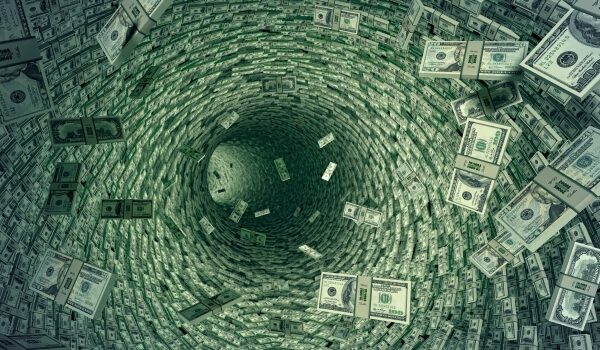
Insights from U.S. Bank on current market dynamics as corporates shore up their access to credit.
Defensive drawdowns of revolving credit lines have subsided and banks are selectively entertaining requests for new, incremental loans as well as refinancings of existing credit lines. But borrowers can expect some hoops, hurdles and different market dynamics. That was among the takeaways from a presentation by U.S. Bank, sponsor of a recent virtual NeuGroup meeting for treasurers of large-cap companies. Here are highlights:
- Members heard that in the wake of the pandemic, U.S. Bank had received more than 150 client requests for incremental liquidity lines—both new revolving and term—and to date had closed over 70 facilities with many more in the works as of April 23.
Refinancing season begins. U.S. Bank is working with two large borrowers rated single-A or higher that are rolling over their 364-day tranches but leaving five-year portions alone, rather than pushing them out a year as they once would have.
- These borrowers are offering upfront fees. “They’re trying to keep the integrity of the existing deal but recognizing that banks are under strain and pricing is likely to go up, so they’re offering the fees to bridge that gap,” said Jeff Duncan, managing director of loan capital markets at U.S. Bank.
- Covenant waivers and amendments are likely to increase, he said, as companies digest their first quarter earnings and look ahead.
Loan split stays. The structure splitting loans into 364-day and five-year portions will likely continue, despite today’s challenges in rolling them over, because big companies can raise sufficient liquidity while keeping the bank group at a manageable number, Mr. Duncan said. Also:
- A bank refusing to refinance the shorter piece while holding onto the five-year is effectively shutting off ancillary business. This gives borrowers leverage.
- One member asked if seeking an incremental 364-day now would jeopardize refinancing an existing one in August. Ask the lead banks about syndicate capacity well in advance, said Jeff Stuart, U.S. Bank’s head of capital markets.
- Coupling incremental loans with a bond deal incentivizes lenders with fees and reassures banks that the facility is temporary.
Big bank hiatus. A member looking for an unfunded revolver said the largest US banks were the least likely to step up, while European lenders, large US regionals, and Japanese banks even increased their allocations.
Prepare for the sprint. Given pricing volatility, U.S. Bank has led syndications that, from initial discussions to closing, have wrapped up in two weeks instead of the typical five or six, thereby meeting corporate clients’ accelerated funding needs.
Floors required, please. Libor floors on bank loans, guaranteeing a minimum yield, are becoming increasingly popular, most at 75 basis points and some at 100 basis points, Mr. Duncan said, and some banks are requiring floors in order to commit to incremental facilities.
- “We’re seeing them more frequently at launch to take that issue off the table and maximize the number of participants getting into deals,” he said.


